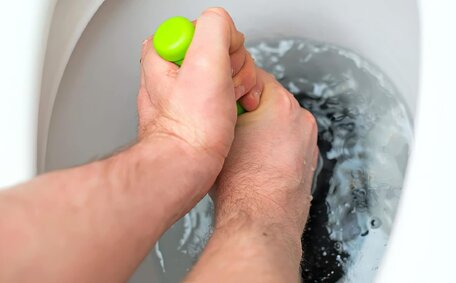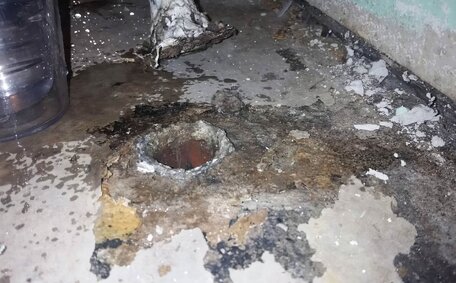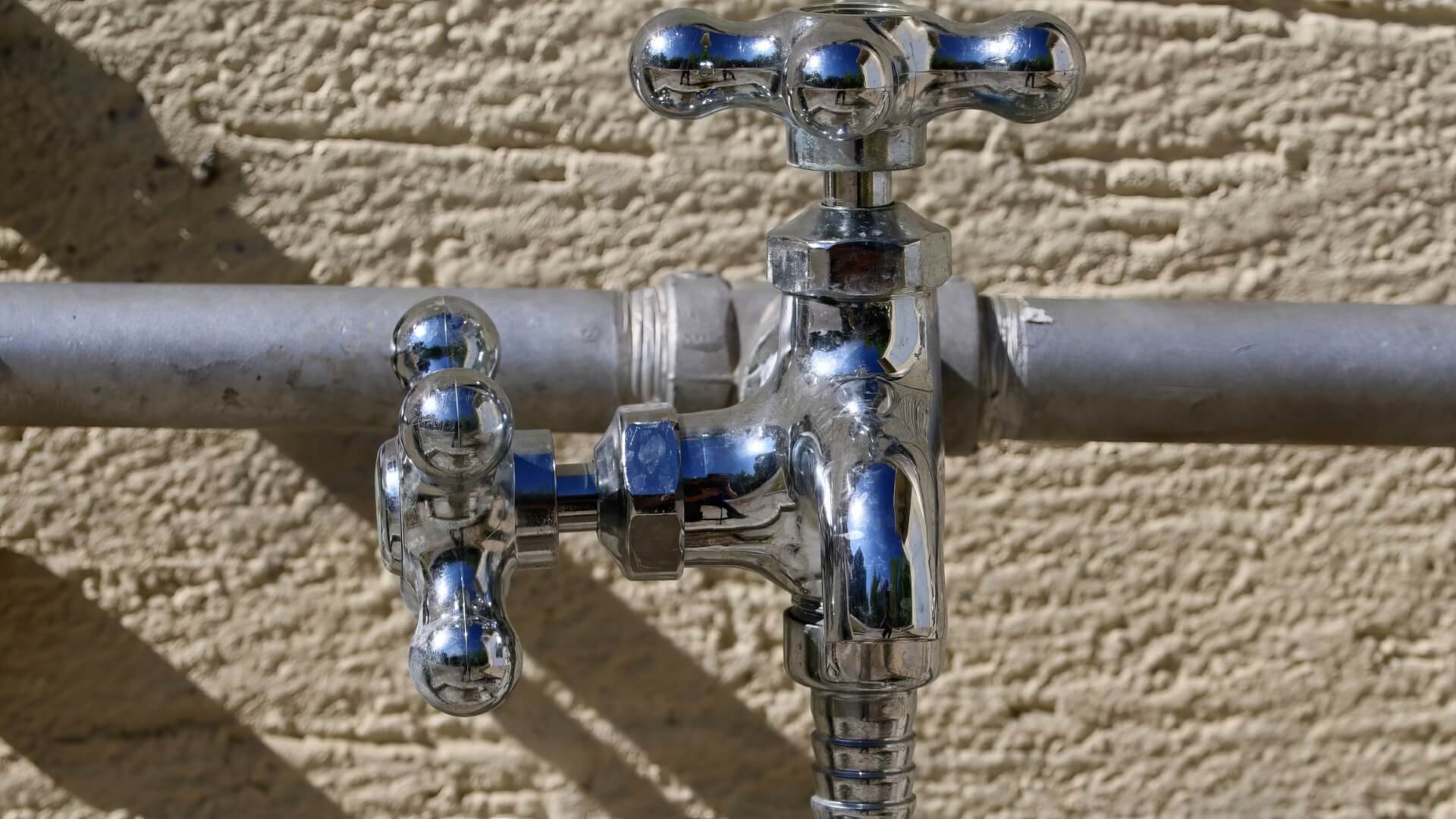Introduction to Septic Systems and How They Can Lead to Blocked Drains
In rural areas without municipal sewer services, septic tank systems are vital for onsite wastewater treatment. They consist of an underground septic tank and a drain field located further down, which provide effective sewage treatment through natural processes. Well-designed and maintained septic systems protect your water supply by preventing contaminants from entering groundwater and nearby waterways, reducing wastewater backup risks.
However, blockages can occur in the main drain when your tank gets overloaded due to excessive water use, or if roots, solids or grease build up in pipes and restrict flow. Slow-moving wastewater may signal failing septic systems in some properties, requiring immediate action to prevent further damage.
Your local Dural Plumbing, located in the Hills District of Sydney, specialises in septic tanks and blocked drains to provide efficient solutions when issues arise. Knowledge of septic system maintenance, awareness of blockage causes, and attention to warning signs can expedite the resolution of drain obstructions.
Common Causes of Septic Tank Failures Resulting in Drain Blockages
Causes of septic tank failures, leading to system disarray near your drains, include:
- Septic tank overflow from excessive water use or heavy rainfall
- Buildup of solids, sludge, or grease exceeding the tank’s capacity
- Tree roots or vegetation growing into and clogging pipes
- Flushing foreign objects like baby wipes down drain channels in your plumbing system
- Cracked pipes allowing effluent to back up into your lawn before reaching the drain field
- Not pumping out the tank regularly for proper maintenance
Regular septic system maintenance, such as pumping, sensible water use, and proper disposal, can prevent drain pipe blockages and septic tank problems.
Heavy Rainfall Overwhelming Septic Tanks
It’s crucial to anticipate heavy rainfall, which can overwhelm septic tanks and cause urgent drain blockages. More than 20% of septic tank complications, notably leach field issues, arise post-heavy rains, affecting the wider plumbing system.
If the water level within the tank escalates, becoming higher than the system’s threshold due to rapid rainwater accumulation, it can lead to wastewater overflowing prior to adequate treatment.
Stormwater percolating into the surrounding soil can saturate leach drains, hampering the evacuation of wastewater. This pressure can force effluent up through your pipes, compromising your property’s sanitation. Tree roots often exploit these waterlogged conditions as well, penetrating and causing a blocked sewer.
Preventive measures like water diversion installations, raised tank access covers, and absorbent plants can shield your sewer system from heavy rain disruptions. Immediate action against blockages prevents sewage backflow, safeguarding the tank system.
Tree Roots Invading and Damaging Drainage Pipes
The native bushland surrounding many properties in Dural makes tree root invasion one of the most common septic tank issues. In search of water, roots can infiltrate pipes through minuscule cracks and joints. In the moist environment of septic tank pipes, roots expand, causing fractures in clay pipes or dislodging sections.
Invasive roots can also deform PVC pipes, increasing the risk of blockages. Deformed pipes hinder wastewater flow, which can damage your plumbing integrity, leading to blockages and backups, thus consulting with plumbing specialists is sage advice. Root clusters capture solid waste, obstructing its movement and compromising the pipes’ capabilities to break down and transport sewage efficiently.
Investigating your wastewater systems is vital for addressing issues like wastewater overflow and longstanding septic clogs. Specialist drain cameras check for root intrusions and damage that may otherwise go undetected until pipe failures or drain blockages occur. Severing roots and conducting repairs on the pipe work is key to preventing ongoing issues,
Warning Signs Your Septic System Failure is Causing a Blocked Drain
There are several clear indicators that septic tank problems are behind blocked household drains, including:
- Sewage backup evident by foul odours or water pooling around drain access points
- Experiencing slow draining in facilities where sewage can build up, such as toilets, sinks, baths, and laundry facilities
- Gurgling sounds from toilet bowls and drain pipes
- Presence of sewage solids or liquid waste when cleaning your drain pipes and traps
- Lush green grass or soggy soil where your tank or drain field is located
- Visible surfacing of sewage in the yard
Such indicators reveal a septic tank problem necessitating immediate attention to thwart health hazards posed by raw sewage encroaching into domestic areas.
Catching a failing septic system promptly is a way to keep your plumbing system intact, as neglected drains can lead to blockages, putting your family at risk of exhaustive repairs. Hesitation to act can result in serious pipe failures and backups, leading to flooding on your land near septic areas.
Preventing Septic Tank Issues to Avoid Blocked Drains
There are several key steps homeowners can take to prevent septic tank issues and avoid associated blocked drains:
- Get your tank pumped regularly, generally every 3-5 years, to remove accumulated sludge and solids
- Use water efficiently and avoid overloading the system with excessive volumes
- Check your property to ensure stormwater runoff is diverted away from the tank and drain field
- Don’t flush unsuitable items down toilets such as wipes, feminine hygiene products, condoms, cotton buds, cigarette butts, coffee grounds, etc
- Steer clear of chemical drain cleaner products or additives which can disrupt the delicate microbial balance
- Steer clear of planting trees or dense vegetation close to your drainage pipe, as invasive roots can cause havoc
- Inspect the drain field periodically for odours, wet spots, or surfacing effluent
- Have specialists assess the tank’s integrity if any issues are noted
- Consider installing an effluent filter in your pump system to prolong drain field life
- Upgrade old or damaged septic components to prevent system failures
Guaranteeing consistent septic tank system upkeep remains the optimal strategy for homeowners to defend against clogged drains, which can lead to backed up sewage and further complications. Catching issues promptly provides the opportunity to seek information about easier repair solutions before extensive pipe blockages occur.
Regular Septic Tank Pumping and Maintenance
Regular maintenance of your septic system and safe handling during tank drain pumping are vital to preventing blockages and more severe system failures.
A septic tank typically needs to be tank pumped out every 3-5 years on average to remove the accumulation of sludge and solid waste at the bottom. If not removed, excessive buildup of these solids can cause a septic backup, overflowing into the drain field or backing up into household plumbing.
Dural Plumbing offers full septic system maintenance services including tank pumping to prevent such problems. With advanced sewer jetting equipment and drain inspection cameras, any underlying issues can also be detected and repaired promptly.
Signs It’s Time to Have Your Septic Tank Pumped
Homeowners shouldn’t delay servicing their septic tank systems until a blockage occurs outside your normal maintenance schedule. Look out for these signs it’s time to book the next routine pump out:
- Foul odours emanating from the tank or drain field pipes
- Water pooling around septic tank access points
- Toilets, sinks or drains emptying slowly
- Wet, spongy grass over the drain field
Dural Plumbing’s regular pump outs prevent excessive solid accumulations in your septic tank. This preventative maintenance helps avoid costly emergency repairs.
Optimal Septic System Practices
\
Adhering to best practices for septic system use can prevent blockages and other issues:
\
\ - Maintain your plumbing system, conserve water and repair leaks to minimise unnecessary water entering the tank
\ - Stagger the use of appliances like washing machines and dishwashers to manage water consumption
\ - Ensure only toilet paper and human waste are flushed, and dispose of all other waste separately
\ - Opt for natural alternatives like baking soda and vinegar instead of chemical drain cleaners or bleach in sinks or toilets
\ - Don’t plant trees or dense shrubs close to drainage pipes or the tank
\ - Have large gatherings at alternate locations to reduce system overload
\ - Install water saving tap aerators, low-flow shower heads and dual flush toilets
\ - Maintain accurate records of septic tank pump outs for future reference
\
\
Small habit changes can significantly benefit your septic system and prevent blockages due to recurrent tank failures.
\
The best way to resolve symptoms of a failing system or address blocked drains is to reach out to Dural Plumbing for maintenance and repairs.
What To Do if You Have a Blocked Drain Related to Your Septic Tank
If you suspect a blocked drain is related to issues with your septic tank, there are important steps to take:
- Assess for any septic system issues by checking for telltale signs around tank access points and drains, with odours, water pooling, or sewage backup being the key culprits to look for one or two metres from the tank.
- Minimise water use to avoid overloading the blocked system and worsening backups.
- Slip on rubber gloves, goggles, and protective clothing to ensure your hands and eyes are safely shielded when inspecting problem areas.
- Gently plunge your sink and floor wastes to try dislodging the blockage.
- Use a sewer rod to carefully clear obstructions from the inlet baffle and outlet baffle, being mindful not to inflict damage to the pipes.
- Attempt clearing outlet filters and inlet baffles if accessible.
- Engage a professional plumber like Dural Plumbing to properly diagnose the issue.
- Utilising high-pressure jetting tools and a camera inspection, the team will verify if there’s root encroachment or pipe impairments within the one or two metre range.
- Any repairs to piping can be made before complete failure. And immediate drain clearing avoids flooding.
- Schedule regular septic tank pump outs and maintenance checks to prevent future blockages.
Taking swift action soon as possible when a drain blockage linked to your septic tank manifests enables resolution of issues before severe flooding hazards emerge. For urgent assistance, contact Dural Plumbing at 1300 349 338 or email jobs@duralplumbingservices.com.au.
When To Call a Professional Plumber for Septic System Repairs
Calling a professional plumber for septic system repairs is crucial to avoid further damage in several situations, including:
- Raw sewage backing up into your home
- Foul odours around tanks or drains
- Make sure to address pools of standing water around the septic system promptly
- Toilets or drains emptying slowly
- Visible signs of wastewater surfacing in the yard
- After heavy rainfall events that overwhelm the system
- Especially after flood events that could have dislodged tank lids or damaged piping
- If tree roots are suspected to have invaded drainage pipes
DIY repairs on septic systems risk compromising the system’s integrity, creating health hazards from sewage exposure, and causing environmental damage.
As seasoned septic system and blocked drain specialists, Dural Plumbing has the expertise and equipment to diagnose issues and undertake necessary repairs. From high pressure jetting to pipe inspections, replacement and sealing root-damaged drains, general maintenance services are also available.
For prompt assistance, contact Dural Plumbing via email at jobs@duralplumbingservices.com.au, phone 1300 349 338, or book an appointment online with our friendly local team.






